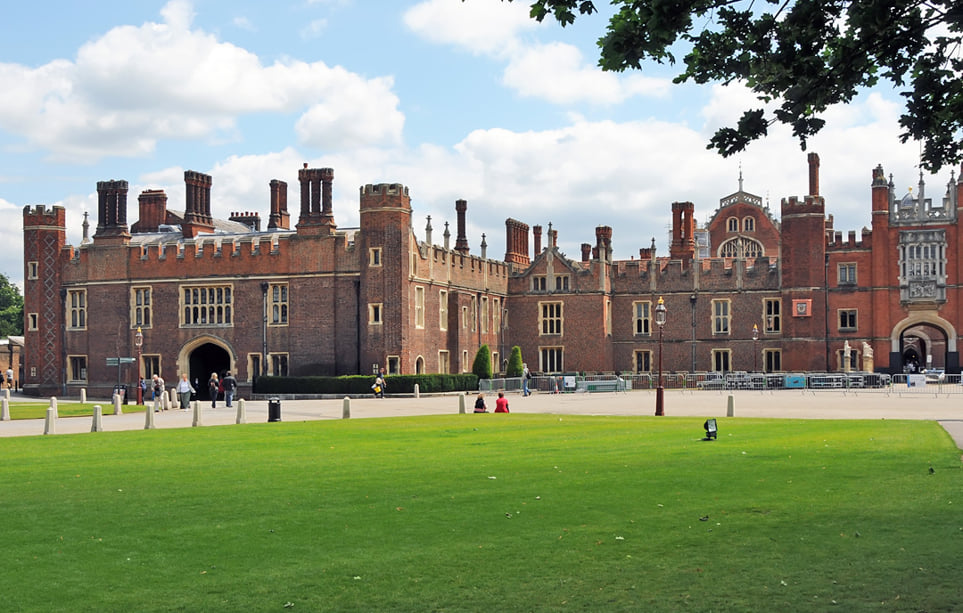Understanding Change of Use in Richmond Hampton North: A Comprehensive Guide
Change of use refers to the process of altering the designated purpose of a building or land within a certain zone, impacting its operations and function. In Richmond Hampton North, a vibrant area known for its blend of residential, commercial, and recreational spaces, understanding the nuances of change of use is essential for property owners, businesses, and developers. This article aims to explore the change of use regulations in Richmond Hampton North, the process involved, and the implications for the community.
1. What is Change of Use?
Change of use occurs when a property is repurposed for a different function than what was originally intended or approved. For instance, converting a residential property into a commercial establishment, such as a café or a boutique, constitutes a change of use. Local planning authorities regulate this process to ensure that changes align with community goals, zoning laws, and environmental considerations.
1.1 Categories of Change of Use
Change of use is often categorized into several types, including:
- Class A: Retail and food services (e.g., shops, restaurants)
- Class B: Business uses (e.g., offices, research facilities)
- Class C: Residential properties (e.g., single-family homes, apartments)
- Class D: Non-residential institutions (e.g., schools, health services)
- Class E: Commercial, business, and service uses
Each class has specific regulations and criteria that must be met during the change of use application process.
2. The Planning Framework in Richmond Hampton North
Richmond Hampton North is governed by the Richmond upon Thames Local Plan, which outlines the strategic vision for development, including guidelines for change of use. The council emphasizes sustainable development that enhances community well-being while respecting the character and identity of the area.
2.1 Local Planning Policies
Before applying for a change of use, property owners should familiarize themselves with the relevant local planning policies, such as:
- Development Management Plan: This document provides detailed policies on various types of developments, including change of use, and outlines what is permissible in different zones.
- Conservation Area Appraisals: Certain parts of Richmond Hampton North may be designated as conservation areas, where stricter guidelines apply to preserve historical and architectural significance.
These policies ensure that any proposed change of use aligns with the broader objectives of the community and maintains the aesthetic and cultural integrity of the area.
3. The Application Process for Change of Use
Navigating the change of use application process can be complex, involving several stages. Below is a step-by-step guide to help property owners understand what to expect.
3.1 Pre-Application Advice
Before submitting an application, it’s advisable to seek pre-application advice from the local planning authority. This informal consultation can provide valuable insights into the likelihood of approval and any specific requirements that need to be addressed.
3.2 Submitting the Application
Once the preliminary advice has been gathered, the next step is to complete and submit the change of use application form. Key components of the application include:
- Site Plans: Detailed drawings showing the existing and proposed layouts.
- Design and Access Statement: This document explains the rationale behind the proposed change and how it will enhance the area.
- Supporting Documents: Any additional information that strengthens the application, such as market research, community impact assessments, or environmental studies.
3.3 Assessment by Local Authorities
Upon submission, the application undergoes a thorough assessment by the planning authority. This process may involve:
- Public Consultation: Neighbors and stakeholders are invited to express their views on the proposed change, ensuring community involvement.
- Site Visits: Planning officers may visit the property to assess its suitability for the proposed use.
3.4 Decision and Appeal Process
After assessment, the local authority will issue a decision. If approved, the change of use can proceed, subject to any conditions specified. In cases where the application is refused, the applicant has the right to appeal the decision, providing a chance to present additional evidence or arguments.
4. Implications of Change of Use
Understanding the implications of change of use is crucial for property owners and the community. Here are some key considerations:
4.1 Impact on Local Community
A change of use can significantly impact the local community, either positively or negatively. For instance, converting a residential property into a café could create jobs and offer a new gathering space for residents. However, it may also lead to increased traffic and noise, affecting the quality of life for nearby residents.
4.2 Environmental Considerations
Changes in use often require an assessment of environmental impacts. For example, businesses may need to implement measures to minimize waste, manage noise, and reduce energy consumption. This consideration is particularly important in Richmond Hampton North, where natural beauty and sustainability are highly valued.
4.3 Compliance with Regulations
Property owners must ensure compliance with local regulations and planning policies. Failure to adhere to these guidelines may result in enforcement actions, including fines or orders to revert the property to its original use.
5. Conclusion
Navigating the change of use process in Richmond Hampton North requires a comprehensive understanding of local regulations, community impact, and the planning framework. By engaging with the local planning authority, conducting thorough research, and considering the needs of the community, property owners can successfully transition their properties to new uses that contribute positively to the area. As Richmond Hampton North continues to evolve, the responsible and informed approach to change of use will be key to fostering a vibrant and sustainable community.



No responses yet